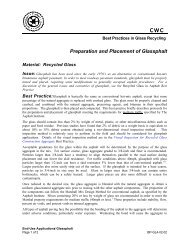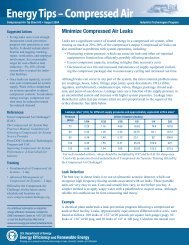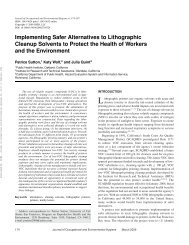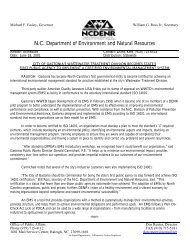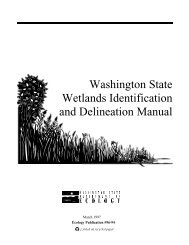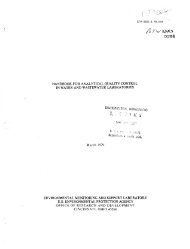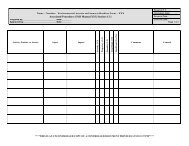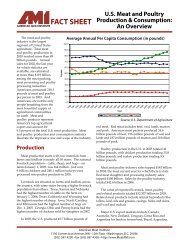A Comprehensive Introduction to Water Footprints
A Comprehensive Introduction to Water Footprints
A Comprehensive Introduction to Water Footprints
Create successful ePaper yourself
Turn your PDF publications into a flip-book with our unique Google optimized e-Paper software.
National water accounting frameworkInternalwaterfootprint++Externalwaterfootprint+=<strong>Water</strong>footprint+Consumption<strong>Water</strong> usefor export+Virtual waterimport for reexport=VirtualwaterexportExport= ==<strong>Water</strong> usewithincountry+Virtualwater=importVirtualwaterbudgetThe traditionalstatisticson water useProductionImportThe internal water footprint is the water use within the country in so far it is used<strong>to</strong> produce goods and services consumed by the national population. The externalwater footprint of a country is the annual volume of water resources used in othercountries <strong>to</strong> produce goods and services imported in<strong>to</strong> and consumed in thecountry considered. It is equal <strong>to</strong> the virtual-water import in<strong>to</strong> the country minusthe volume of virtual-water exported <strong>to</strong> other countries as a result of re-export ofimported products. The virtual-water export consists of exported water ofdomestic origin and re-exported water of foreign origin. The virtual-water importwill partly be consumed, thus constituting the external water footprint of thecountry, and partly be re-exported. The sum of virtual water import and water usewithin a country is equal <strong>to</strong> the sum of the virtual water export and the country’swater footprint. This sum is called the virtual-water budget of a country.Traditionally countries formulate national water plans by looking how <strong>to</strong> satisfywater users. Even though countries nowadays consider options <strong>to</strong> reduce waterdemand in addition <strong>to</strong> options <strong>to</strong> increase supply, they generally do not includethe global dimension of water management. In this way they do not explicitlyconsider options <strong>to</strong> save water through import of water-intensive products. Inaddition, by looking only at water use in the own country, most governmentshave a blind spot <strong>to</strong> the issue of sustainability of national consumption. As amatter of fact many countries have significantly externalized their water footprintwithout looking whether the imported products are related <strong>to</strong> water depletion orpollution in the producing countries. Governments can and should engage withconsumers and businesses <strong>to</strong> work <strong>to</strong>wards sustainable consumer products.National water footprint accounting should be a standard component in nationalwater statistics and provide a basis <strong>to</strong> formulate a national water plan and riverbasin plans that are coherent with national trade policy and nationalenvironmental policy. 31



